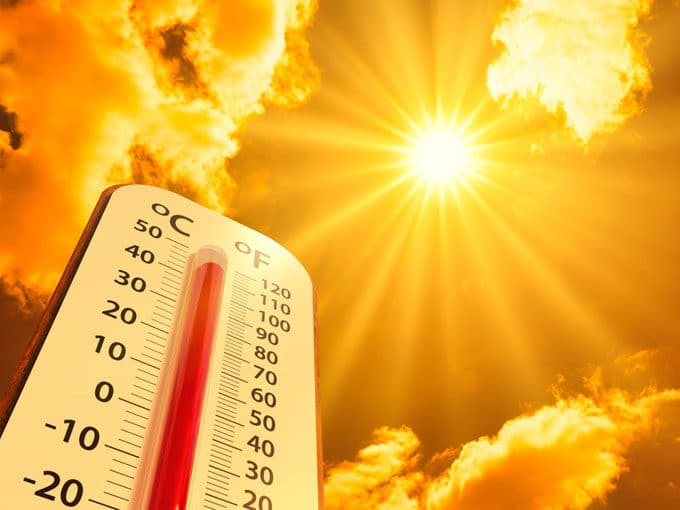By Kevin Fiscella, MD, MPH, CCHP, University of Rochester
Extreme temperature exposure, both heat and cold, in carceral environments undermines the principle of proportionality in retribution and rehabilitation by worsening mental health effects and increasing violence while also posing health and safety risks to workers. Given the absence of policies and transparency on this issue, NCCHC has issued a new position statement, Climate Control for Extreme Temperatures in Corrections, urging all carceral facilities to implement standards to minimize extreme temperature exposures and to adopt prevention and mitigation steps.
Background
Heat waves are becoming increasingly common across the United States, rising from an average of two per year in the 1960s to six per year in the 2010s and 2020s. By the middle of this century, the number of days annually with heat indices exceeding 100°F and 105°F is expected to double and triple, respectively, compared to the period from 1971 to 2000. Heat-related deaths in the general population surged by 117% from 1999 to 2023.
A recent study examined the exposure to potentially dangerous heat for 4,078 U.S. carceral facilities between 1982 and 2020. The analysis showed that the number of hot days per year increased for 1,739 carceral facilities, primarily for those in the southern United States. State-operated facilities in Texas and Florida accounted for 52% of hot days exposure despite housing 12% of all incarcerated people. Elevated temperatures in carceral facilities are associated with increased morbidity and mortality.
High temperatures impose physiological stress on the human body, putting at risk people who are pregnant, elderly, have chronic disease or mental health conditions. People taking certain medications that affect body temperature regulation face a higher risk of hospitalization or death. A recent study showed that a 1.5°C increase in core body temperature doubled heart blood flow among healthy younger and older men. However, among men with coronary artery disease, this rise in core temperature was associated with insufficient heart blood flow. In addition, heart imaging showed asymptomatic, silent heat-induced myocardial ischemia – lack of oxygen to the heart – in seven of the 20 men with coronary artery disease. Elevated temperatures also impair sleep quality and exacerbate sleep apnea.
Heat is hazardous not only to physical health but also to behavioral health. Reviews of evidence show that high temperatures are associated with worsening mental health and higher rates of suicide and violence. Adverse heat effects on mental health and violence have been demonstrated in carceral facilities, with evidence showing a causal relationship.
High temperatures in carceral facilities also impact the well-being of custody staff and other staff. Increased temperatures have been associated with poorer decision-making among judicial, law enforcement, and other workers, alongside increased occupational safety risk, including more accidents. Heat exposure poses a substantial risk to worker health.
Temperature control policies are lacking in many state prisons and, to date, court cases have been the primary means of recourse. A recent national survey of jail leaders found high levels of support for adequate air conditioning in jails. Yet, it remains lacking in prisons and jails despite demonstrated health benefits. A review of 100 legal cases related to carceral temperature exposures found 61 cases related to cold exposure, 32 to heat exposure, and seven to both.
In late August 2024, OSHA proposed new regulations titled, “Heat Injury and Illness Prevention in Outdoor and Indoor Work Settings.” Potential workplace requirements include implementing a heat injury and illness prevention plan and identifying and monitoring heat hazards. Notably, if temperatures were to rise to or above 80°F degrees, key steps must be taken, e.g., providing drinking water, shaded or air-conditioned break areas, fans, cooling equipment, and, with temperatures above 90°F degrees, additional protections. While these proposed requirements apply to custody and other formally employed workers, they may apply in selected instances to incarcerated workers. Importantly, these proposal requirements provide guidelines for protecting those incarcerated, whether workers or not.
Kevin Fiscella, MD, MPH, CCHP, is associate director of the Research Division in the Department of Family Medicine and associate director of the Rochester Center for Communication and Disparities Research, co-director of the Greater Rochester Practice-Based Research Network, and Function Leader Multidisciplinary Teams within the University of Rochester Clinical & Translational Science Institute. He is also a member of the NCCHC Policy and Research Committee.




